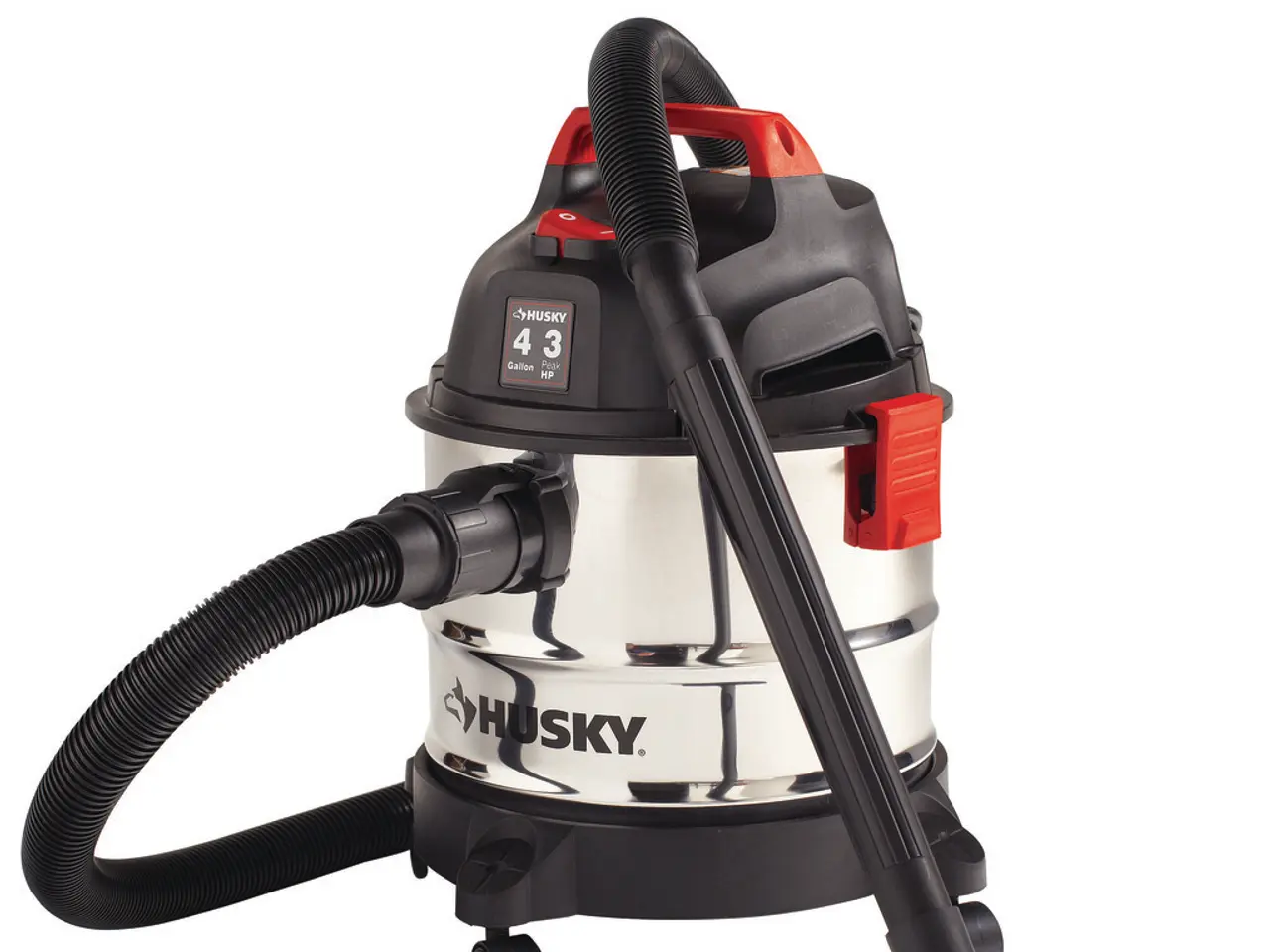Importance of Routine Filter Swaps in Oxygen Concentrator Operations
In the realm of medical devices, oxygen concentrators play a crucial role in delivering life-sustaining oxygen to individuals with respiratory issues. These devices extract oxygen from the surrounding air and deliver it purified, making it essential for clean and safe air to pass through the system.
Regular filter changes are a fundamental aspect of maintaining the efficiency and safety of oxygen concentrators. The filters in these devices remove dust, airborne particles, and even harmful bacteria and germs, ensuring the air breathed during oxygen therapy is clean and safe.
If filters show signs of wear, they may need replacement sooner than the manufacturer's suggested schedule. Neglecting regular filter changes can potentially pose health risks for patients and may lead to reduced oxygen purity, increased strain on the concentrator, and unusual noises or vibrations.
The recommended filter change schedule for oxygen concentrators varies by model and filter type. For instance, the Philips EverFlo and EverFlo Q models require the inlet HEPA air filter to be replaced every 5,000 hours of operation, typically translating to around every 2 years depending on usage. External filters in general oxygen concentrators should be cleaned every 1 to 3 months depending on the environment and usage, while inlet filters may require weekly cleaning or inspection. Filters usually need to be replaced annually to maintain performance and safety.
Professional servicing is also recommended every 2 to 3 years to ensure overall optimal performance and safety. Additional factors affecting filter replacement frequency include the operating environment (dust, humidity, airborne contaminants), usage hours, and manufacturer recommendations. Regular inspection is critical: if filters appear dirty or damaged (tears, cracks), they should be replaced immediately.
Following these schedules ensures efficient oxygen delivery and helps prevent contamination or device malfunction. Regular checks combined with adherence to manufacturer guidance provide optimal performance and safety for oxygen concentrators.
Replacement filters for oxygen concentrators can be purchased from authorized medical shops or online. Always use filters recommended by the manufacturer for your concentrator model.
In summary, regular filter changes are vital for the proper functioning and safety of oxygen concentrators. By following the recommended schedules and maintaining regular inspections, you can ensure efficient oxygen delivery, prevent contamination, and prolong the life of your oxygen concentrator.
- Oxygen concentrators, crucial in the workplace-wellness of individuals with respiratory-conditions, requireregular filter changes to remove dust, airborne particles, and harmful bacteria, maintaining health-and-wellness.
- Mental-health and skin-care are equally important as physical health, making fitness-and-exercise routines a pivotal part of overall wellness, complementing medical-conditions management and therapies-and-treatments.
- To sustain peak performance and safety, professional servicing is recommended every 2 to 3 years for oxygen concentrators, taking environmental factors, usage hours, and manufacturer recommendations into account.
- Prioritizing regular filter maintenance by following manufacturer schedules and cautiously buying recommended filter replacements from authorized medical outlets helps ensure efficient oxygen delivery, prevent contamination, and prolong the life of oxygen concentrators.




